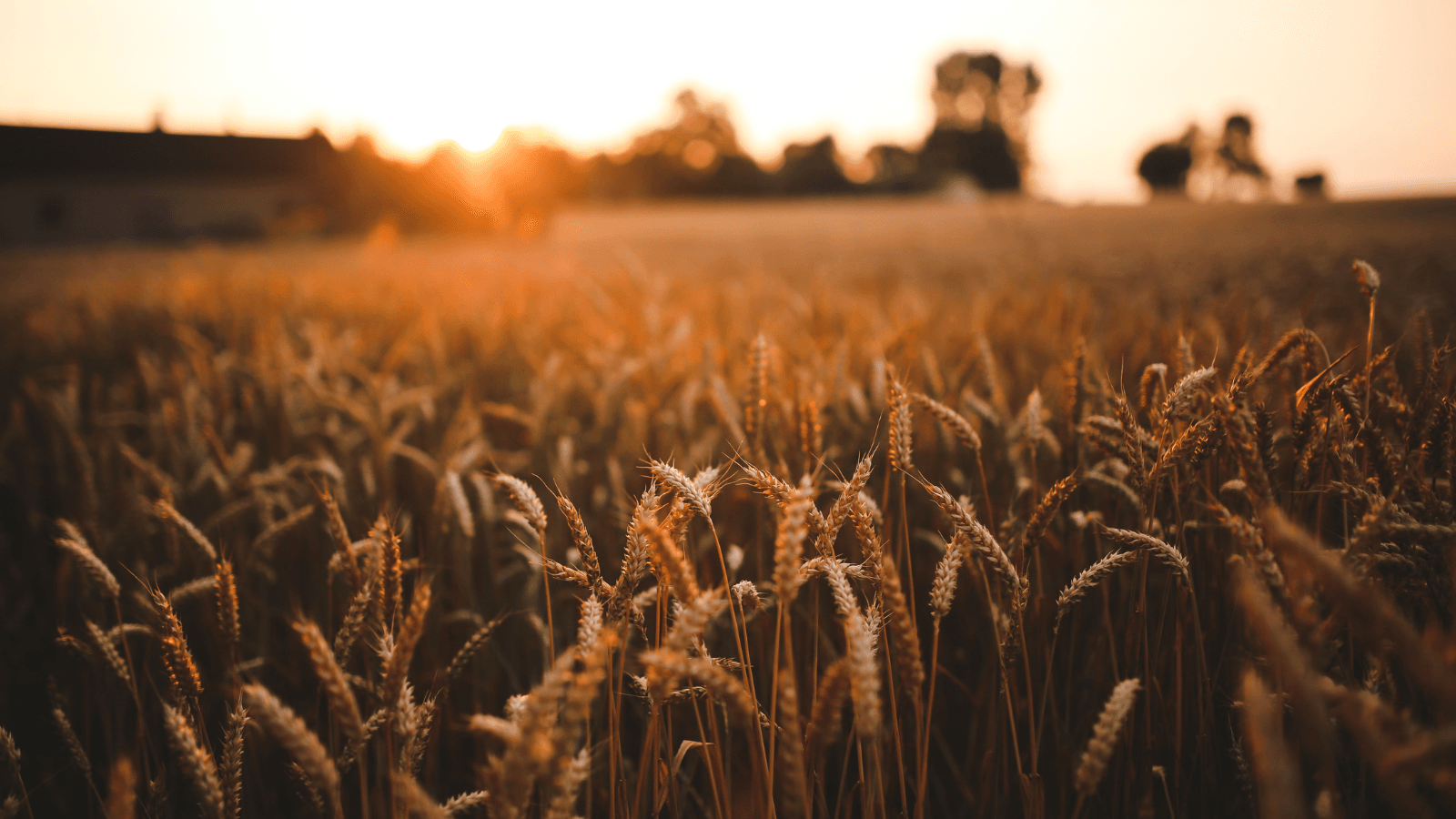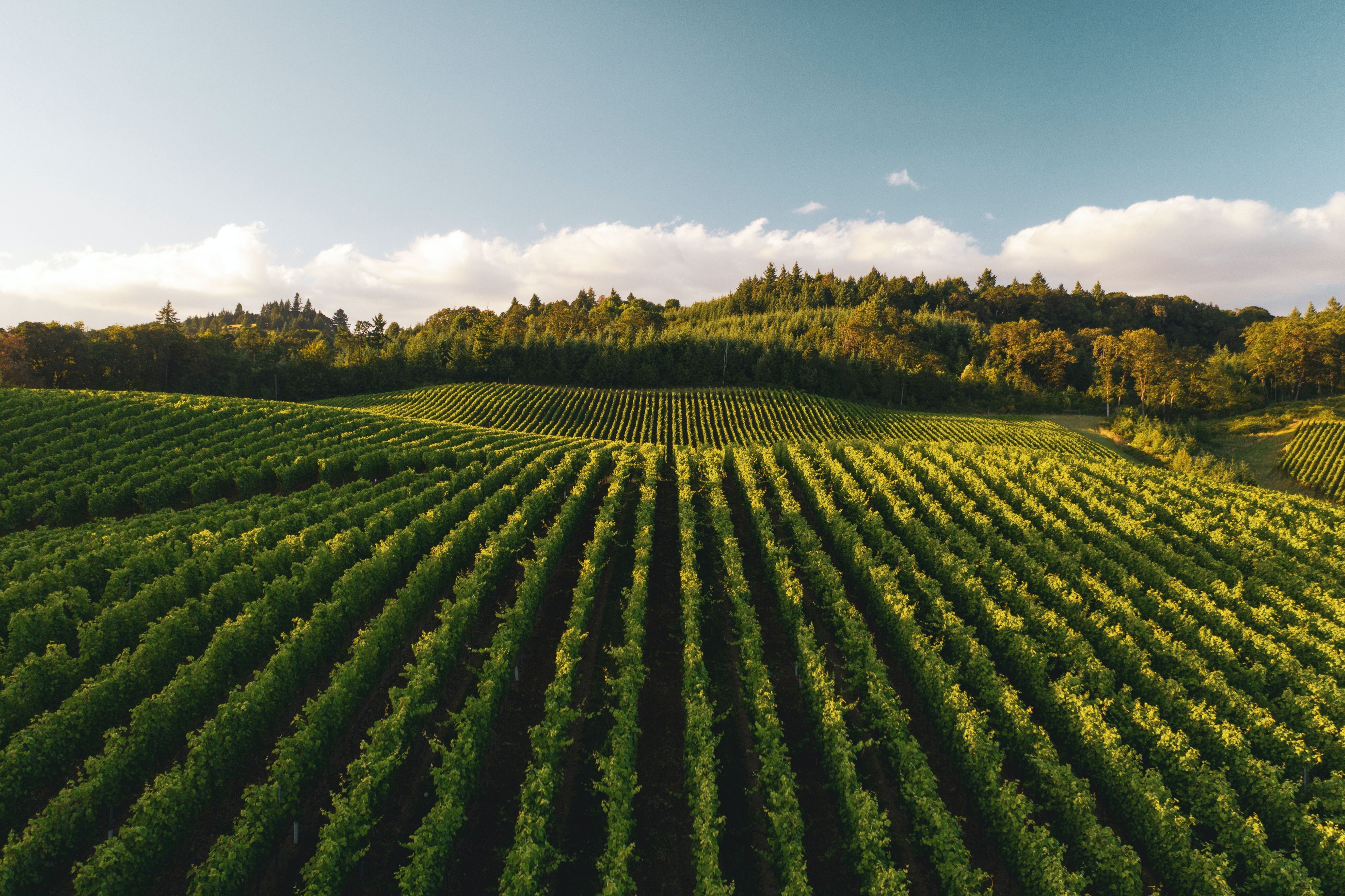
Harvest is upon us here in Southwest Iowa, and we’re about a week ahead of the usual timing as I am writing, on Oct. 4. We’ve already harvested about half of our soybeans and about 80% of our corn.
It helps that we have pretty good weather right now, although it is dry and unusually hot for this time of year. We want to see soybeans at 13% moisture at harvest, and we’re down to 9%. That means our beans are about 5% lighter than what they should be, but, overall, our yields have been good. Some have been really good.
I have a climatologist friend I’ve been talking with since 1981, and he said to prepare for the extremes because that’s what’s coming according to the long-term weather cycles. We have been preparing. We were early adopters of no-till and have been using 100% no-till since 1991. We started planting cover crops in 2010 and are now at 100% of the land covered. We also use precision technology, which makes sure any inputs, like fertilizer or herbicides, are applied in just the right place and in just the right amounts.
Our efforts have paid off. Though it’s dry now, we started this growing season exceptionally wet. We had 12 1⁄2 inches of rain in five weeks, about 2 1⁄2 inches every week after we finished planting in late April through May. There was erosion on other fields in our neighborhood, but we had none. Then, when it got dry this summer, because our soils had absorbed all that rainfall, we had moisture well into August.
I believe we as farmers have a responsibility to care for the land. As believers, we have a responsibility to adapt and to care for what God has given us, that includes our families and our communities. For farmers, this means we need to be able to make a living while we care for the land. I’m happy to say that as we’ve adopted no-till and cover crops, we’ve seen improvements to our soil health. It has built resilience and opened new doors to do good on the land, in our family business, and in our community.
One opportunity we have especially enjoyed is the chance to work with our neighbors who have cattle. Animal grazing has always been a part of how the earth has worked. Now, we’re tapping into this natural process for the health of the land and our community. After harvest, we plant a 10-way mix of grazing species, like brassicas, kale, and winter peas. That diverse mix of living roots is good for soil health, and it creates good grazing. Come mid-November, we’ll have as many as six different cow herds from neighboring farms grazing our cover crops, giving us a free, natural fertilizer. Last year, opening our fields up for grazing saved our neighbors 300 bales of hay. Those are significant benefits for both of us, and the land.
“Regenerative” Is a word everybody wants to use now, but, to me, it’s just “smart” agriculture. It’s about assessing what you have, assessing the conditions, and adapting to protect, preserve, and build up our natural resources—simultaneously benefiting people and communities. I love that I have the chance to share the story of all the good we can do through agriculture, whether it’s with my 88-year-old friend who took his first ride in a combine with me this harvest season or in my work with Iowa Smart Agriculture and Solutions from the Land–organizations that celebrate and showcase how farmers, ranchers, and foresters are at the forefront of resolving food system, energy, environmental, and climate challenges. It all goes back to innovation, collaboration, and leaning into the complex but amazing biological systems God gave us to feed and take care of ourselves and our neighbors, at harvest and year-round.
When we work together, we’re all better.

